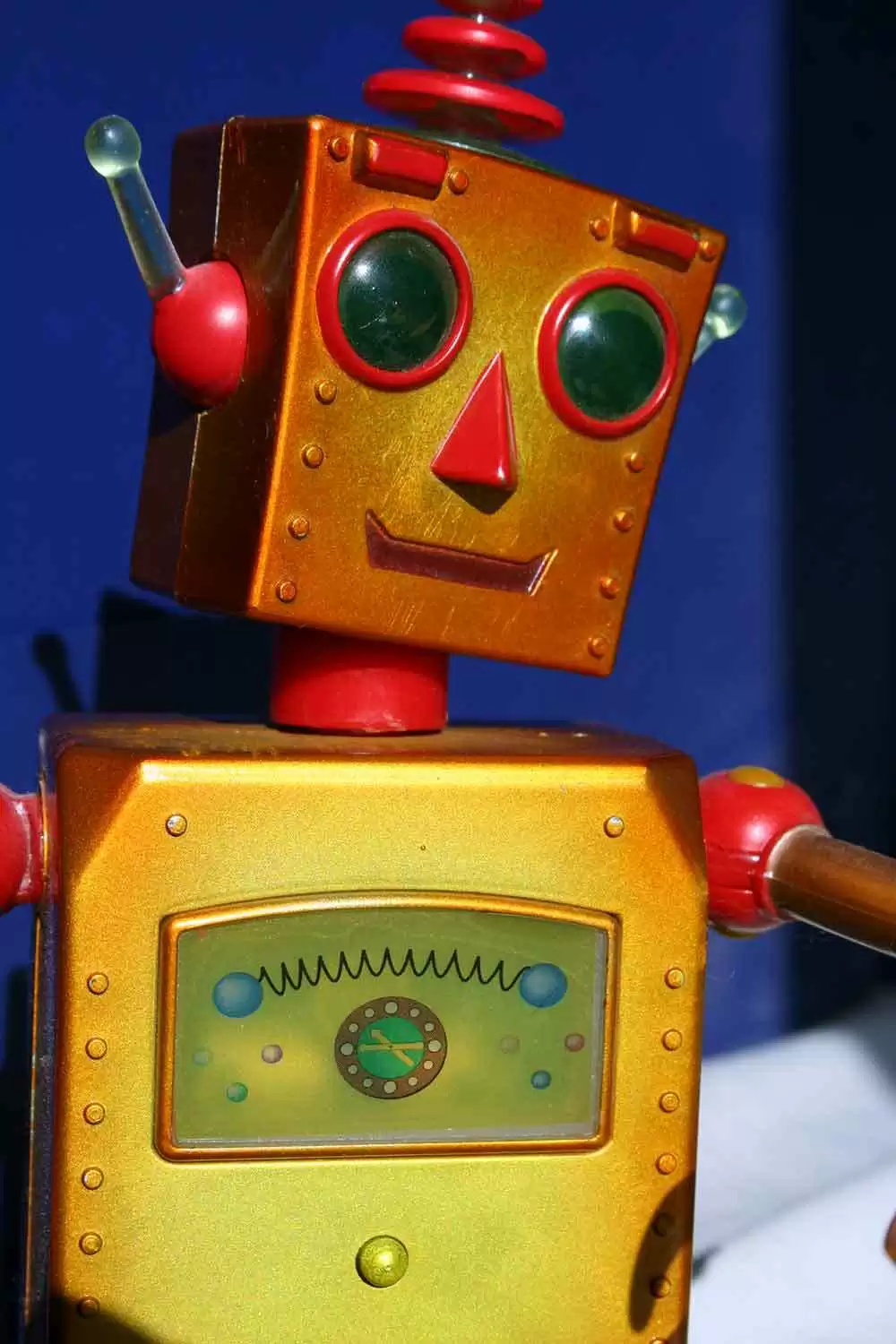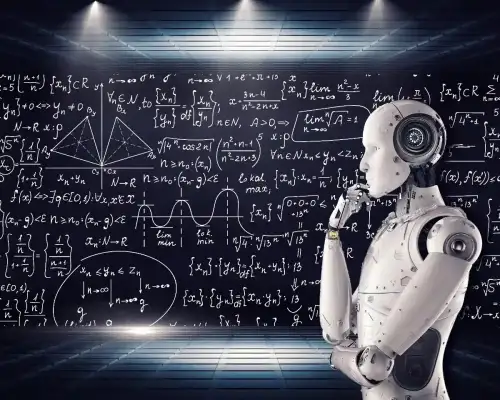
Celiac.com 05/05/2025 - Celiac disease is a common autoimmune disorder affecting about 1% of the global population. Diagnosing it typically requires examining small intestine (duodenal) biopsies under a microscope to detect damage to the intestinal lining. However, even expert pathologists don’t always agree on diagnoses—studies show their assessments match only about 80% of the time. This inconsistency can lead to delayed or incorrect diagnoses, leaving patients without proper treatment.
To improve accuracy and speed, researchers have developed a machine learning model that can diagnose celiac disease from biopsy images as reliably as a human pathologist—and possibly even better. This breakthrough could help reduce diagnostic errors and speed up treatment for those with celiac disease.
How the Study Was Conducted
Celiac.com Sponsor (A12):
The research team trained an artificial intelligence (AI) model using a large dataset of 3,383 biopsy images from four different hospitals. These images came from various scanning machines to ensure the AI could work with different types of medical equipment. The model was designed to analyze whole-slide images of duodenal biopsies stained with hematoxylin and eosin (a standard method for viewing tissue samples).
To test the model’s accuracy, the researchers used an entirely new set of 644 biopsy scans from a different hospital that the AI had never seen before. They also compared the AI’s diagnoses with those of four specialist pathologists to see how well it performed against human experts.
Key Findings
1. The AI Model Matched or Outperformed Pathologists
- The model correctly diagnosed celiac disease with over 95% accuracy, 95% sensitivity (ability to detect true cases), and 95% specificity (ability to rule out non-cases).
- Its performance was so precise that its area under the receiver operating characteristic curve (AUC-ROC, a measure of diagnostic accuracy) exceeded 99%, indicating near-perfect ability to distinguish between celiac and non-celiac cases.
- When compared to four expert pathologists, the AI’s diagnoses were statistically indistinguishable from theirs, meaning it performed at least as well as a trained specialist.
2. The Model Works Across Different Hospitals and Scanners
Since the AI was tested on biopsy images from a completely new hospital—using different scanning technology than it was trained on—the results prove it can generalize well to real-world clinical settings. This is crucial because medical imaging equipment varies between hospitals, and a useful diagnostic tool must work reliably across different systems.
3. Potential to Speed Up and Standardize Diagnoses
Currently, diagnosing celiac disease requires a pathologist to manually review biopsy slides, which can be time-consuming and subjective. This AI model could:
- Reduce human error by providing a consistent, objective assessment.
- Speed up diagnosis by automating part of the review process.
- Assist pathologists in difficult or borderline cases where celiac damage is subtle.
Why This Matters for People with Celiac Disease
1. Faster, More Accurate Diagnoses
Many people with celiac disease face long delays in diagnosis due to inconsistent biopsy interpretations. An AI tool that matches expert pathologists could help patients get answers sooner, allowing them to start a gluten-free diet and prevent further complications.
2. Reducing Misdiagnosis and Uncertainty
Since pathologists don’t always agree on biopsy results, some patients may be misdiagnosed or left in limbo. A highly accurate AI system could provide a second opinion, reducing uncertainty and ensuring correct treatment.
3. Improving Access to Specialized Care
Not all hospitals have pathologists who specialize in celiac disease. An AI model like this could help standardize diagnoses across different medical centers, ensuring patients in smaller or rural clinics receive the same quality of assessment as those in major hospitals.
4. Future Applications in Celiac Disease Research
Beyond diagnosis, this technology could be used to:
- Track disease progression in clinical trials.
- Study how gluten exposure affects intestinal damage over time.
- Develop even more precise tools for detecting early or mild cases.
Conclusion
This study demonstrates that artificial intelligence can diagnose celiac disease as accurately as expert pathologists—and possibly even more consistently. By reducing human error and speeding up the diagnostic process, this technology could help countless individuals get timely and correct diagnoses, leading to better management of their condition.
For people with celiac disease, faster and more reliable biopsy analysis means less waiting, fewer misdiagnoses, and quicker access to treatment. While human experts will still play a critical role, AI-assisted diagnosis could become a valuable tool in ensuring everyone with celiac disease gets the care they need.
As this technology develops, it may soon become a standard part of celiac disease testing, improving outcomes for patients worldwide.
Read more at: ai.nejm.org








Recommended Comments
Create an account or sign in to comment
You need to be a member in order to leave a comment
Create an account
Sign up for a new account in our community. It's easy!
Register a new accountSign in
Already have an account? Sign in here.
Sign In Now